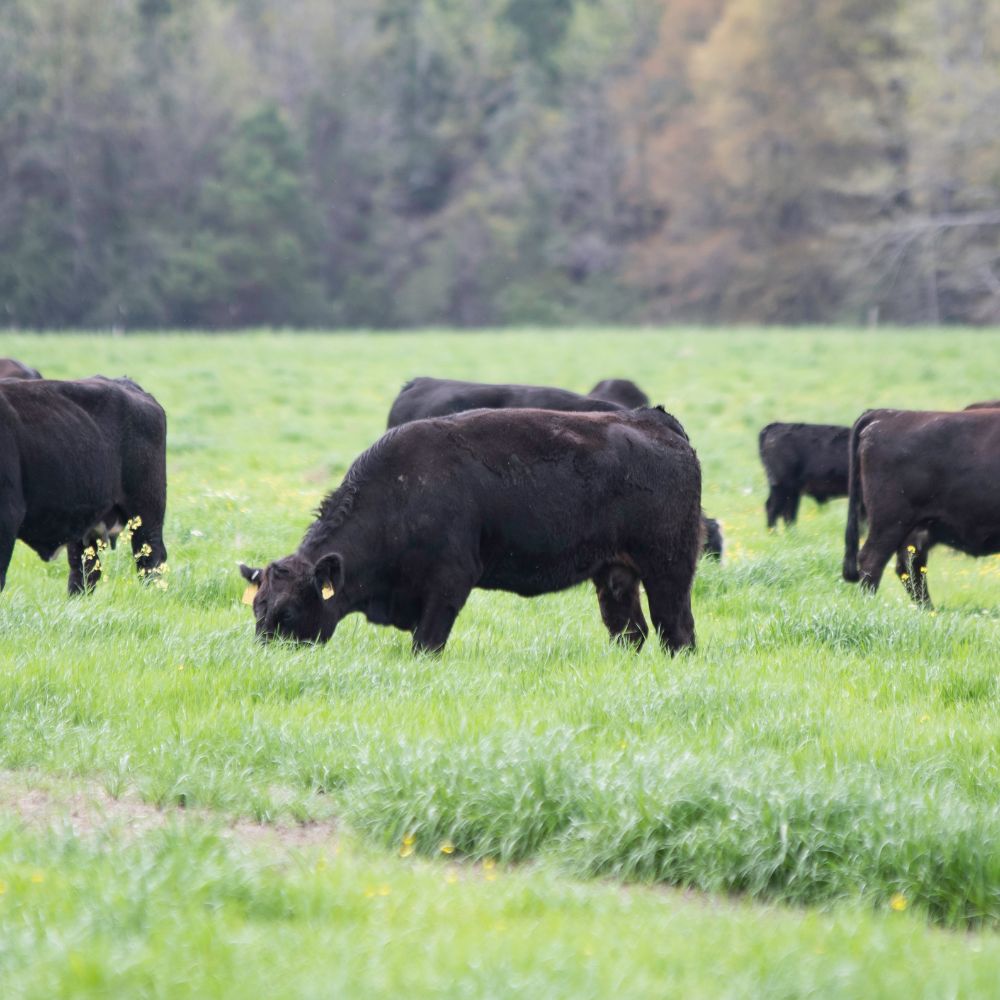How Bagley Risk Management can Save You Time, Stress, and Money.
Table of ContentsThe Buzz on Bagley Risk ManagementBagley Risk Management for BeginnersA Biased View of Bagley Risk ManagementThe Best Strategy To Use For Bagley Risk ManagementThe Bagley Risk Management Diaries
By doing this, if costs do go down below that break-even factor by the end day, policyholders are safeguarded against a loss. This is extremely similar to the way barnyards operate, though they use a typical bush. When a herdsman agreements their livestock with a feedlot, they hedge those cattle to secure the profit point.This will be countered by the enhanced worth of the cattle., herdsmans secure against a drop in the futures board, but don't lose out on the greater return when costs go up.
They do this by selecting a lower percent of the projected ending value - Cattle insurance. This is a terrific technique for those trying to find lower premium rates or that have a higher threat resistance as a result of strong fiscal health and wellness. This technique may not shield earnings, yet it can secure against major market decreases
There is not a lot of defense or insurance coverage on a month-to-month basis, but if there is a serious mishap, producers have the comfort that originates from recognizing they will only be in charge of a particular quantity out of pocket. Just remember, really hope for the finest but get ready for the most awful.
The Ultimate Guide To Bagley Risk Management

Feeder livestock can be covered up to a 900-pound predicted end weight and fed livestock can be covered up to a 1,400-pound end weight. With a number of weight classes to choose from, it is feasible to cover pets through the feedlot to the packer rail.
Applications can take several days to procedure and just filling one out does not lock the applicant into a policy. As soon as the application is accepted and prepared, the LRP recommendation, with its end day and predicted finishing value, can be locked in quickly. This enables breeders to cover calves when the cost is right for their market danger management goals.
Picture Politeness USDA-NRCS Rates for calf bones, feeder livestock and ended up livestock have actually set some new records this loss and early winter season. A mix of situations has sped up these historic rates. There is presently a great deal of mindful positive outlook for cow-calf producers as they take a look at the future.
Bagley Risk Management - An Overview

There are some advantages to manufacturers in utilizing LRP insurance policy as compared to a typical feeder cattle contract or acquisition of an option - Livestock risk protection calculator. One is the versatility in the variety of livestock that can be insured. There is no lower restriction to the variety of cattle that can be guaranteed
There is no commitment to sell livestock on which you have bought LRP Feeder Livestock protection. You might pick to keep ownership and still be eligible for the indemnity ought to the Actual End Value fall below your Coverage Price. You may market livestock covered by LRP at any moment, offered the transfer of dig this ownership does not occur even more than 60 days prior to the LRP Agreement End Day.
If livestock die and your Ag, Danger Consultant is alerted within 72 hours of you discovering of the fatality, the coverage continues to be essentially, and the producer is qualified for indemnities due to rate loss, also on those pets which died. Yes! Calf bones can now be covered before hooves hit the ground.
Bagley Risk Management - The Facts

Action 1) Full an application. Applications make sure novice clients can be pre-approved to write an LRP plan It is complimentary! Step 2) Secure a Special Insurance Coverage Recommendation (SCE) when you find a quote that fulfills your goals. There are many levels of quotes that are launched daily making this a very versatile product that will certainly fit any producer.
We are right here for you. Together, we're much better. With each other, we'll shield your investment.
With the endless change and unpredictability of the marketplace, Animals Danger Protection (LRP) is something all livestock producers need to think about. The primary objective of LRP is to safeguard against the unforeseen down rate motion in the market by establishing a base upon any kind of given date and sort of cattle you want to guarantee.
The 4-Minute Rule for Bagley Risk Management
There are a range of protection level choices ranging from 70 to one hundred percent of the expected ending value (https://bagleyriskmanagement.godaddysites.com/). At the end of the chosen insurance coverage period, if the real ending worth is below the insurance coverage price, you will be paid an indemnity for the distinction in price. Manufacturer anticipates to market 1,000 head of 11cwt cattle and selects coverage of $66
Since 2020, LRP (Livestock) is currently offered in all states when the market is offered. 1. Feeder Cattle with ending weights under 600lbs or 600lbs-900lbs, and 2. Fed Livestock with finishing weights in between 1,000lbs-1,400 lbs that will be marketed for massacre near completion of the insurance policy period. whereas livestock insurance policy does.